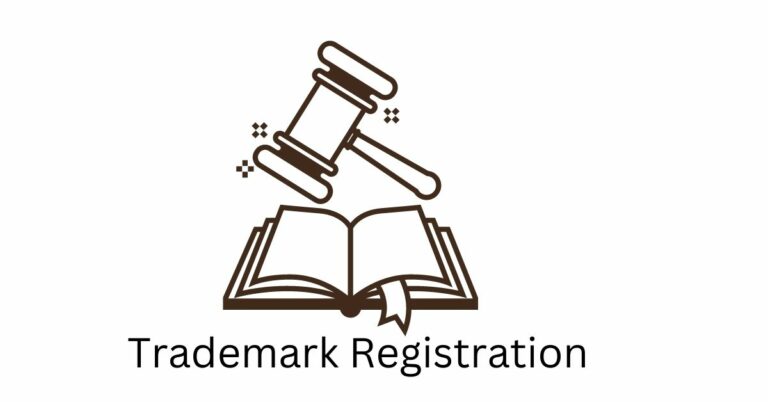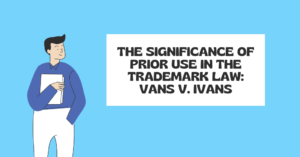Trademark registration is limited to territories. That is to say, you must submit a separate trademark application for each country in which you wish to advertise your presence. It is imperative that you move quickly. Any national trademark registration comes to an end at the country’s border, and its owner is not permitted to pursue trademark registration rights beyond of that border.
In order to give its brand, “MICROMAX,” protection in more than 110 countries, India’s Micromax has secured the 1.25 millionth international trademark registration. The Madrid Protocol, which allows a mark to be protected in numerous jurisdictions by filing an application for international registration, was used to register Micromax’s international trademark.
Madrid protocol
The system of international trademark registration is governed by the Madrid Protocol, which went into effect in 1996, and the Madrid Agreement, which was first signed in 1891. A mark can be registered in numerous nations in accordance with the Madrid Protocol by submitting an application for international trademark registration through the applicant’s home country’s (“office of origin”) trademark office.
The Madrid Protocol permits trademark registration in nations that are Madrid Union members. 128 countries are represented by the 112 members of the Madrid Union. By submitting a single application to the national trademark office or office of origin, the owner of the trademark may achieve international trademark registration under the Madrid Protocol.
In the event that the trademark application is approved, the mark is entered into the International Register and made public in the WIPO Gazette of International Marks. The International Bureau subsequently issues a certificate of international registration and notifies every Madrid Protocol contracting countries for whom the trademark applicant has requested protection.
By alerting the International Bureau within the deadlines outlined in the Madrid Protocol, each national trademark office has the authority to decline protection of the mark. The designated offices must lodge complaints within a specified 12- or 18-month window as per the Madrid Protocol.
Any opposition to the trademark’s registration must be submitted to the International Bureau using the forms specified. The protection of the mark in each country is the same as if it had been registered by the office of that country if there are no refusals by any of the countries.
An international trademark is valid for ten years after being registered under the Madrid Protocol. At the conclusion of the 10-year period, international trademark registrations may be renewed either directly through WIPO or through the relevant office of origin.
Requirements to register an international trademark
- The applicant must be a resident of India, a national of India, or own a valid business or commercial enterprise in India.
- The applicant must have an Indian Trade Marks Registry national trademark application or registration for the mark.
- The applicant must decide which or how many additional Madrid Protocol signatory nations they want to register their trademark in.
Procedure for registering a global trademark
The process for registering a trademark internationally is as follows.
Step 1: Making a request via the national trademark office
An application form must be used to submit the application for international trademark registration. Carefully fill out all pertinent information for this application, and make sure it corresponds with the registration at the Indian Trademark Office.
All information is checked to make sure it fits the basic trademark application, including the names and descriptions of the mark, the class of goods or services, the priority date, and other specifics. In the event that they are identical, the Indian Trademark Office (ITO) will issue a certification noting the foreign application and will forward the application to WIPO.
Step 2: WIPO certification and submission
To ensure that the applicant complies with the Madrid Protocol’s provisions and other laws, WIPO will carry out a thorough and official review. If they discover any discrepancies, they will inform the application. The applicant will then have three months to resolve the discrepancy or the applicant would be deemed abandoned.
The same will also be listed or recorded in the International Trademark Register and published in the WIPO Gazette of International Marks if it complies with the requirements of the Madrid Protocol and the other information given is likewise in compliance. According to the applicant’s request to prolong the mark’s protection, they will notify the Trademark Offices in the relevant countries.
Additionally, they will provide the applicant an international registration certificate. Although not the trademark registration in the intended countries, this is an essential step in the process.
Step 3: National office examination
When the required period of time (12 or 18 months) has passed since their enactment, the IP Offices in the relevant areas will determine where you need to protect your mark. The International Register will be updated with the Trademark Offices’ selections, and WIPO will let you know.
If an IP Office decides not to fully or partially secure your mark, this decision has no bearing on the decisions made by other Offices. According to its laws, you can directly contest a refusal decision before the concerned Trademark Office. If an Office accepts responsibility for guaranteeing your mark, it will issue an announcement of assurance award.
For ten years, this international trademark is valid. After ten years, you have the option to renew your registration.
The advantages of international trademark registration include
Legal protection
Your registered trademark is legally protected by this registration from any third-party infringement. If the Trademark is registered, it is simple to demonstrate their innocence in court. Therefore, it is essential to confirm that the Trademark (logo, design, term, or slogan) is registered before pursuing legal action to combat trademark infringement.
Provide distinct identity
Your product or company gains recognition on a global scale with the aid of international trademark registration.
Protects your brand whether exporting or importing
This registration safeguards your brand or company against imitations. You have the right to take legal action against trademark violations or infringements committed during import or export.
Helpful for online businesses
The expansion of an e-commerce business or company depends on this registration. If you offer goods or products online, it somehow makes it possible for overseas buyers to purchase your goods or products. Once your brand is acknowledged and respected on a worldwide scale, it is possible for it to see tremendous growth. Therefore, it is essential to register your trademark globally as soon as possible to prevent customer confusion.
Business opportunity
A successful trademark offers your organization or business a fantastic opportunity to make money and become well-known. Through licensing agreements, businesses like Nike, McDonald’s, or Puma have earned royalties.










